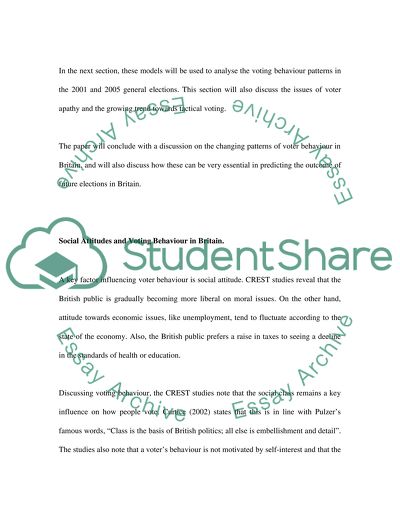Cite this document
(“Voting Behaviour Case Study Example | Topics and Well Written Essays - 2000 words”, n.d.)
Voting Behaviour Case Study Example | Topics and Well Written Essays - 2000 words. Retrieved from https://studentshare.org/politics/1499372-voting-behaviour
Voting Behaviour Case Study Example | Topics and Well Written Essays - 2000 words. Retrieved from https://studentshare.org/politics/1499372-voting-behaviour
(Voting Behaviour Case Study Example | Topics and Well Written Essays - 2000 Words)
Voting Behaviour Case Study Example | Topics and Well Written Essays - 2000 Words. https://studentshare.org/politics/1499372-voting-behaviour.
Voting Behaviour Case Study Example | Topics and Well Written Essays - 2000 Words. https://studentshare.org/politics/1499372-voting-behaviour.
“Voting Behaviour Case Study Example | Topics and Well Written Essays - 2000 Words”, n.d. https://studentshare.org/politics/1499372-voting-behaviour.


